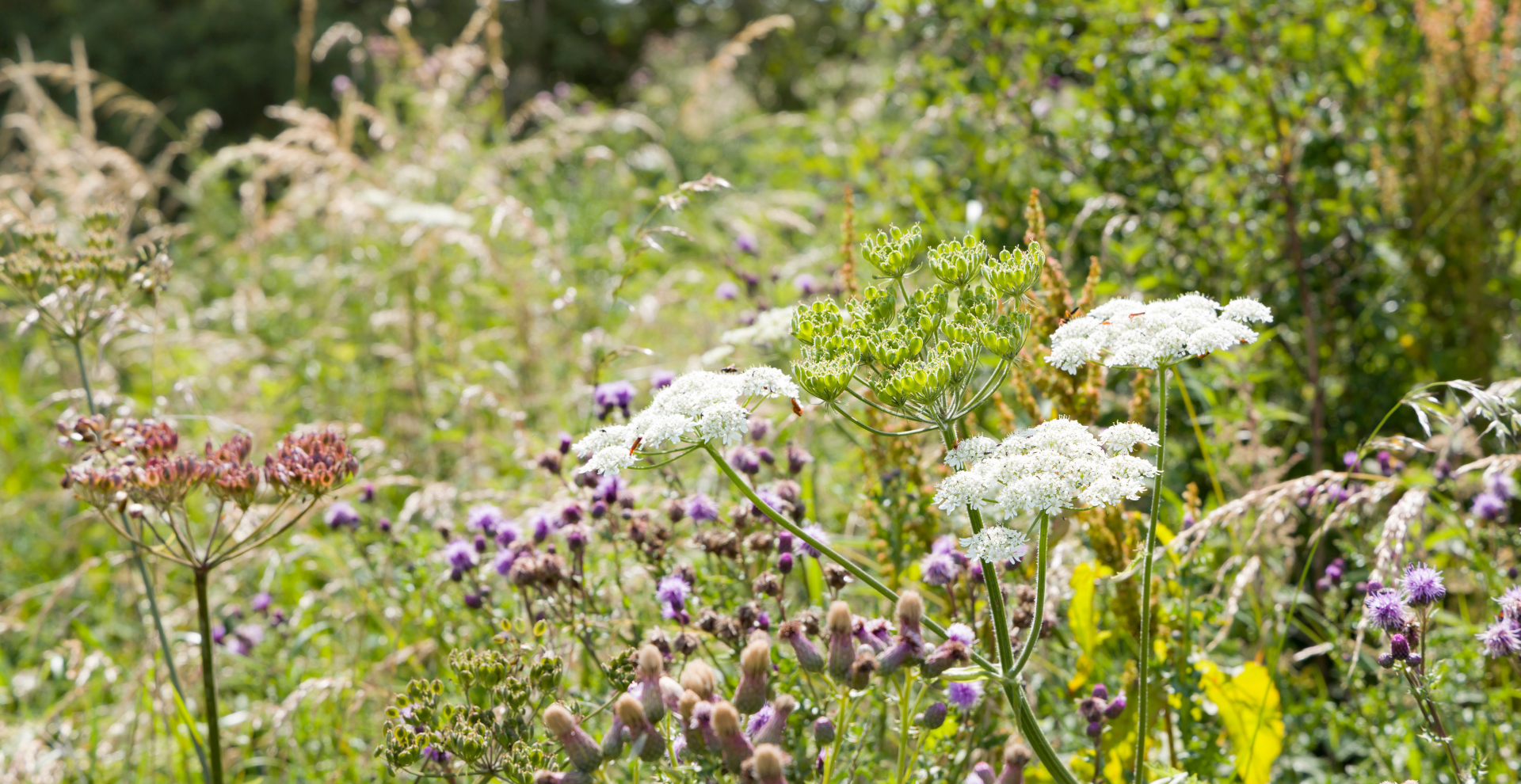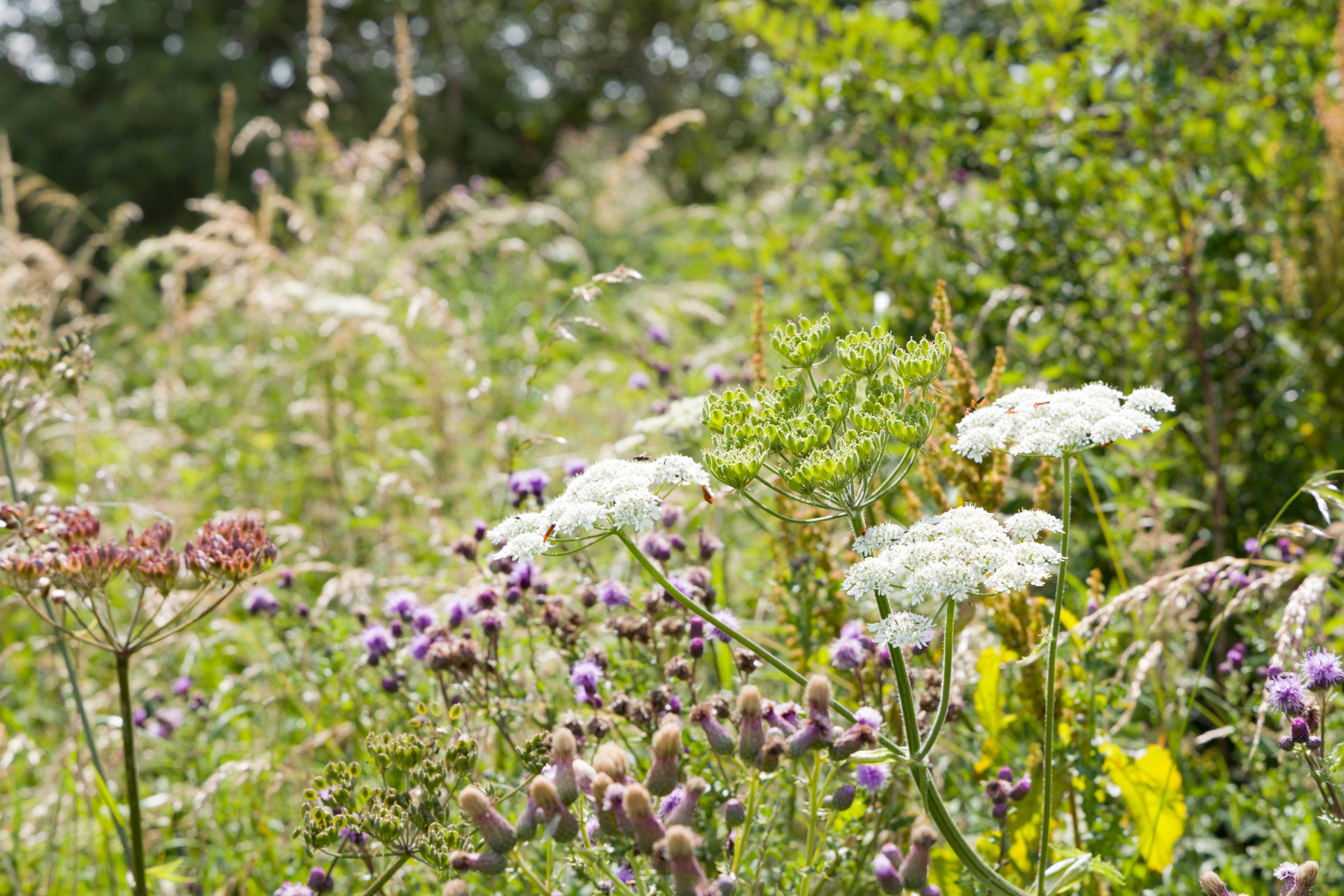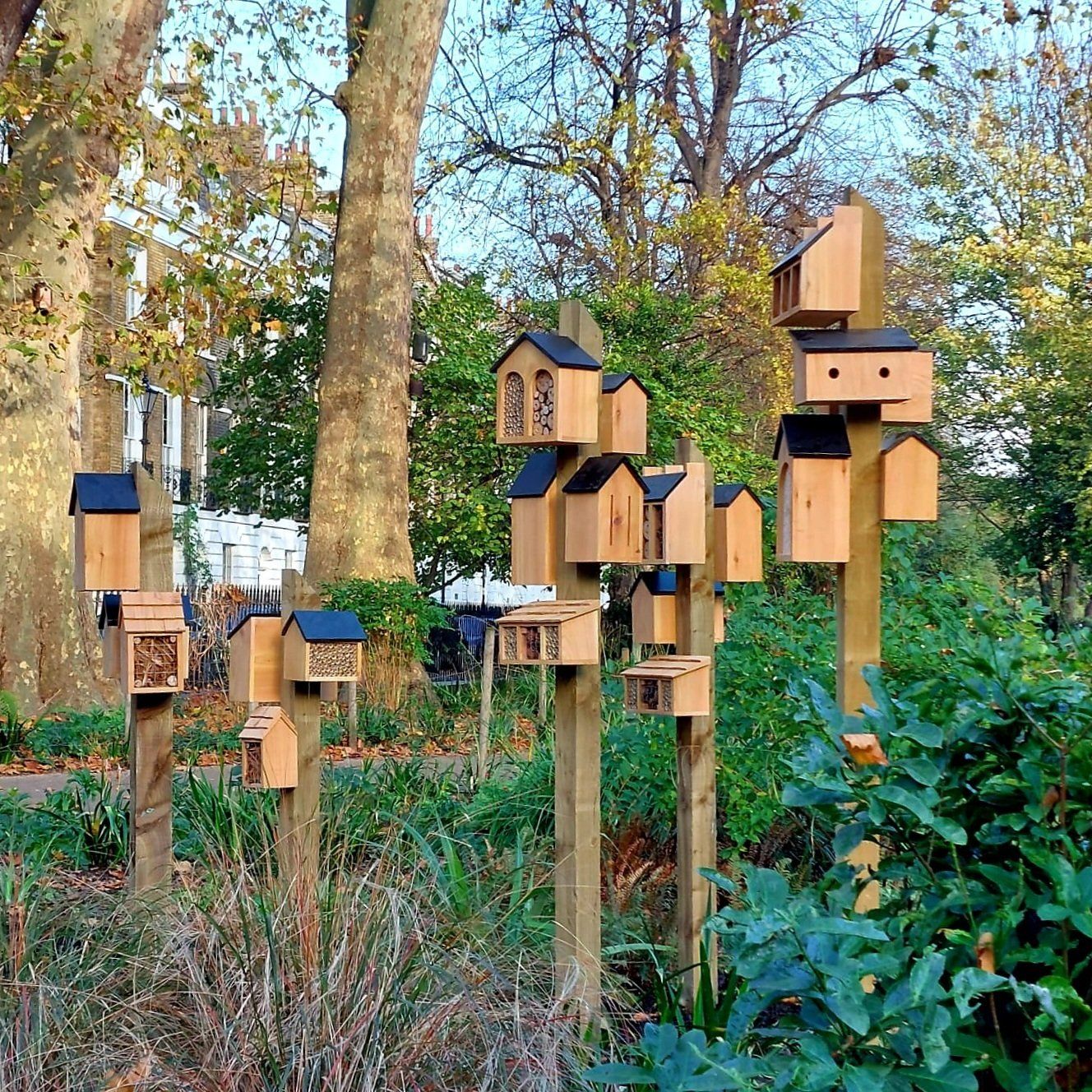Biodiversity in Schools: A Parent's Perspective

As a parent of two school-aged children, I've become increasingly concerned about the lack of biodiversity in their schools. Whenever I visit their schools, I'm struck by the lack of green spaces and wildlife, and it's clear to me that there's a missed opportunity to promote environmental education and stewardship. In this blog post, I'll share my perspective on the state of biodiversity in my children's schools, and offer some strategies for promoting it despite funding and resource constraints.

Concrete jungle
Both of my children's schools are located in urban areas, and as such, they're surrounded by concrete and asphalt rather than green spaces. There are few trees or plants on the school grounds, and the few that are there are often struggling to survive in the harsh urban environment. Wildlife is virtually non-existent, with the exception of a few pigeons and squirrels. Overall, the lack of biodiversity is striking and concerning.
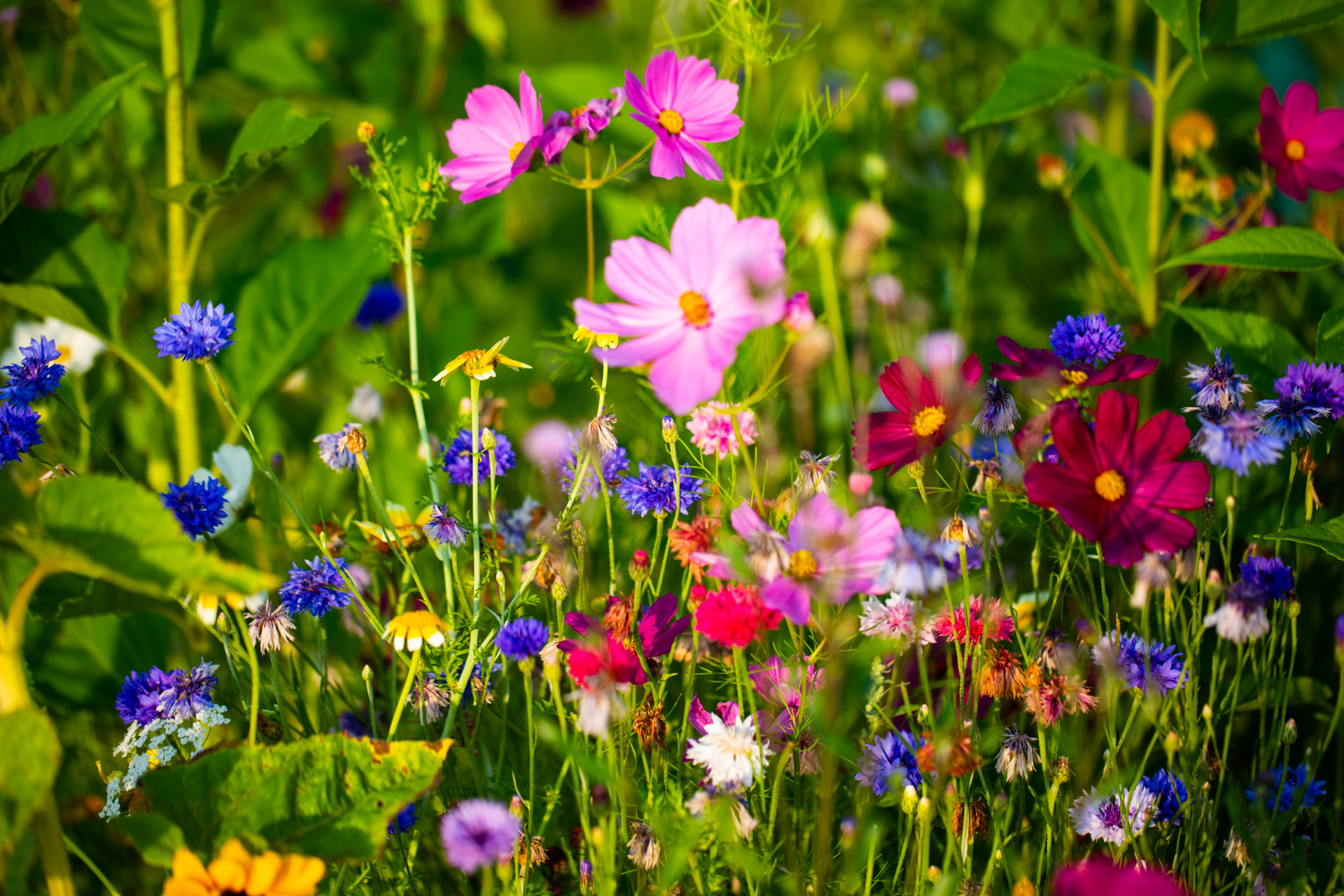
The Importance of Biodiversity in Schools
I believe that it's important to have biodiversity in schools for several reasons. First, exposure to nature has been shown to improve academic performance, mental health, and physical health in children. Second, promoting biodiversity can help to teach children about environmental stewardship and the importance of protecting natural habitats. Finally, promoting biodiversity can help to address some of the environmental challenges that we face as a society, such as a climate change and habitat loss.

The Challenges of Promoting Biodiversity in Schools
Promoting biodiversity in schools can be challenging, especially in urban areas where space and resources are limited. Funding constraints and overworked teachers can also make it difficult to prioritise environmental education and initiatives. However, I believe that it's important to address these challenges and find ways to promote biodiversity in spite of them.
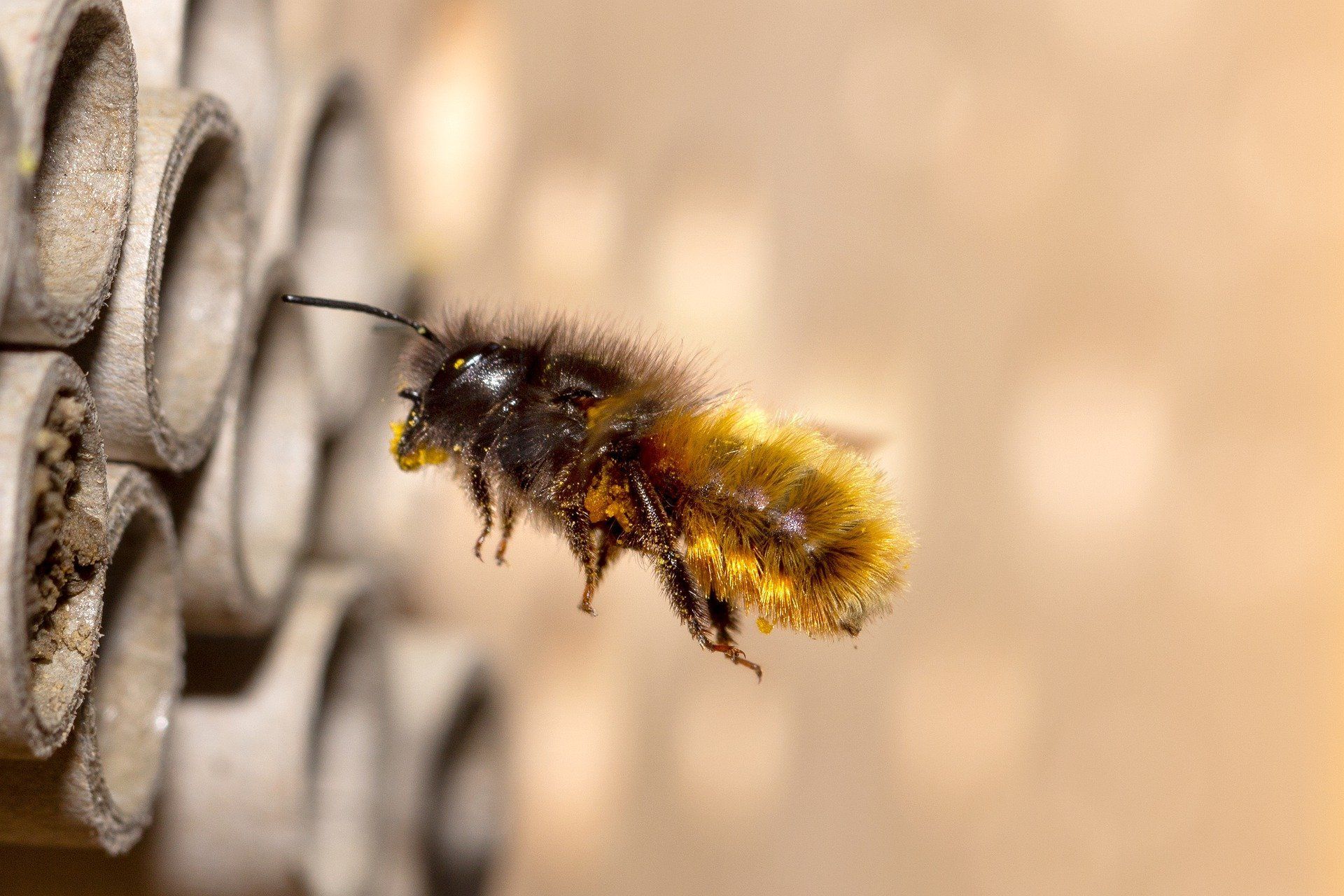
Strategies for Promoting Biodiversity in Schools
One strategy for promoting biodiversity in schools is to involve parents and community members. This can include organising volunteer events to plant trees, flowers, and other vegetation on school grounds, or to set up bird feeders and butterfly gardens. Another strategy is to seek out funding opportunities through grants, corporate partnerships, or crowdfunding. Finally, working with local environmental organisations can help schools to access expertise, resources, and support to promote biodiversity.
Applying Strategies to My Children's Schools
While I recognise that promoting biodiversity in my children's schools will be a challenging task, I believe that it's important to take action. To start, I plan to reach out to other parents and community members to see if there's interest in organising a volunteer event to plant trees and flowers on school grounds. I also plan to research funding opportunities and seek out partnerships with local environmental organisations. By taking these steps, I hope to make a positive impact on my children's schools and promote environmental education and stewardship.
Conclusion
In conclusion, promoting biodiversity in schools is an important issue that deserves attention and action. While there are certainly challenges to overcome, such as funding and resource constraints, there are also strategies that schools and communities can employ to promote biodiversity. As parents, educators, and community members, we all have a role to play in promoting environmental education and stewardship, and promoting biodiversity in schools is an important step in that direction. Let's take action and make a difference for our children and the environment.
